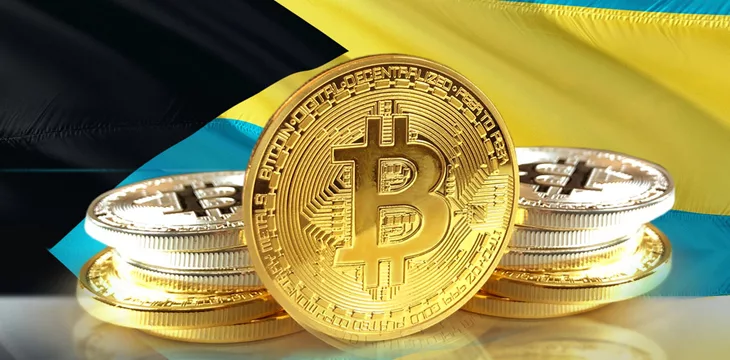|
Getting your Trinity Audio player ready...
|
The Bahamas made history as the first nation to launch a central bank digital currency
(CBDC), but according to one official, the Sand Dollar has struggled to attract users. In the three years since it launched, the CBDC has only attracted a small percentage of the island nation’s total cash circulation.
The Bahamas launched the Sand Dollar in October 2020 to offer financial inclusion and “reduce service delivery costs and increase transactional efficiency for financial services.” With the island suffering frequent hurricanes and tornadoes, the CBDC is also meant to ‘full-proof’ its financial system from internet and electricity outages.
However, the Sand Dollar has suffered the fate of other CBDCs. Speaking at a recent event, a Central Bank of The Bahamas official revealed that the digital currency has only attracted $2.1 million in circulation since its launch over three years ago.
Shaqueno Porter, the deputy manager at the Bahamian Central Bank, spoke at the Digital Euro Conference in Frankfurt. He revealed that over 120,000 of the island’s 400,000 residents have opened a CBDC wallet, which gives a positive outlook and shows that the residents are willing to explore the digital currency.
However, the $2.1 million in CBDC is less than 0.5% of the island’s total cash circulation.
Porter stated that the central bank believes education is vital and is working on creating awareness about digital currency. It’s also working to improve the on-ramps, which currently include automatic kiosks and direct top-ups through merchants or bank accounts.
Porter went on to say that the central bank believes the Sand Dollar will change the lives of its people. He gave the example of small traders who have relied on cash for years—once they turn to the CBDC, they can have a documented transaction history, which enables them to acquire credit facilities.
The Sand Dollar launched to much fanfare, but like the eNaira in Nigeria, it has failed to live up to its promise. Both governments have invested significant resources to onboard users, including giving rebates and discounts, but they have been unable to accrue enough numbers for a network effect.
To learn more about central bank digital currencies and some of the design decisions that need to be considered when creating and launching it, read nChain’s CBDC playbook.
Watch: The Bitcoin Masterclasses #7—Utilizing sovereign nodes for CBDCs & micropayments

 12-23-2025
12-23-2025 




